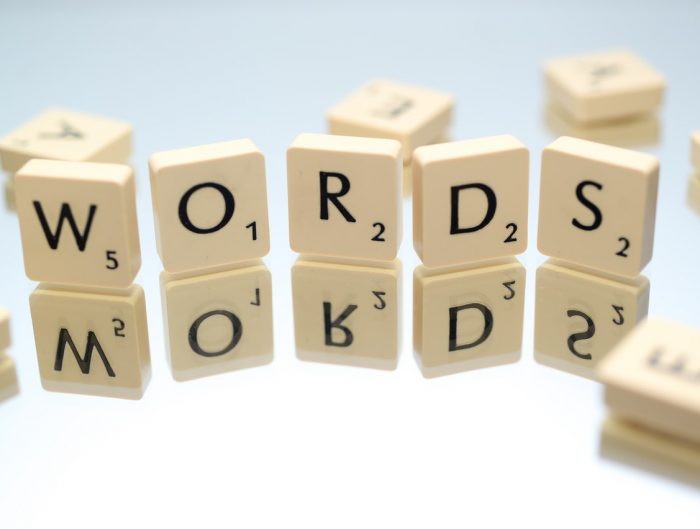Communication is one of the most powerful skills in medicine. For surgeons, their primary medical tool is the scalpel. But for a hospital physician, their main tool is a conversation. Most often that means being the go-to person to have the hard conversations. We get called in when no one else wants to deliver the bad news. Those conversations are really necessary and they take training and thought. And that’s how we’ve learned how to do them the best way possible.
Hard Conversations Have a Lot in Common
There’s actually an incredible overlap with how much that medical skill of crisis conversation can translate into leadership roles. And that’s because the conversations that arise in leadership settings are really the same types of charged communication. Delivering bad news in a medical context draws upon the same skills and communication strategies as delivering bad news in the workplace does.
“You have cancer.” “We have to let you go.” While there’s an enormous difference of course in telling someone their job is gone compared to telling someone they have a terminal illness, it’s really the same conversation. And from the standpoint of the speaker, it’s drawing on the same skills in order to make that conversation the most effective and compassionate it can be.
The same strategies and tools are used for both. For instance, under reacting to emotion. We’re using the same exact method.
Learning How to Use Your Tools
When I speak about communication, the first thing I usually get asked is, “Can you tell me what to say in [insert scenario].” But it’s not that simple. There isn’t a script of 50 Great Things to Say for Any Situation that you can just whip out and recite without any further training. Instead, you need a good foundation on what is effective communication. Effective communication doesn’t just come from knowing the words to say, but also when and how to use them. You can’t just have the tool without understanding its application.
Think of words like you would a sculptor’s tools. If I hand you a chisel, would you be able to create a work of art? What if I gave you the most expensive chisel that money could buy, the finest chisel, used by renowned artists. How about then? Would you then be able to craft something of unspeakable beauty from a chunk of stone? Most of us wouldn’t probably even know where to begin. Heck, I’d probably break the chisel. The same goes for words. I can give you the words to say, but without the training behind it, how will you know how to use them? Having a more expensive chisel doesn’t make you an artist. You have to learn how to use your tools first before you can make magic with them.
Understanding Yourself Helps You Communicate Better
Another analogy is in the game of golf. If I just work on my swing all day and my putting and skip learning about my clubs, what am I going to do when I’m about to drive 175 yards. How would I know which club to use? And even more importantly, do I know how far I can hit my 5-iron versus my 3-iron? Because just like golf, in communication, not only do you need to learn to assess the situation and the tools you have to use, but you also have to know things about yourself and what tools work best for you.
So many people look to resolve the conflict and it doesn’t work like that. You’re almost better off to dissolve a conflict. You may never actually find that solution you’re looking for. Sometimes it’s better to just not have the conflict you’re looking for that better understand.
Conversation Skills Take Time to Learn
Conversation is not me walking into the forest with a megaphone. There’s no transmission of information in that scenario. Conversation requires two people: someone that has the capability of delivering the message and someone who is willing to receive it. And if either side isn’t doing their part — the listener or the speaker — then you’ve just got noise.
i could easily teach you three or four catchphrases to use in potential conflict conversations, but it doesn’t lead you to know when to use them.
We’ve got to get better at listening and understanding when to deliver the message before we ever actually work on how to deliver. First, we have to ask ourselves, what’s the purpose of this difficult communication? One of the mistakes that people make, especially physicians, is to immediately look for the solution. Sometimes it’s just better to map the solution out for the individual.
You may have seen the video clip of the couple sitting on the couch, with the woman complaining about her headaches and associated problems. And she’s got a nail sticking out of her head. And the guy’s staring at the nail like “Take the nail out!” But it actually isn’t about the nail. It’s about everything else that she’s trying to communicate to him. Many times leaders can become conditioned to always think it’s about the nail. I talk more about this in the context of the missteps of messaging within the COVID-19 crisis and what we can learn from the ways public messaging has failed to resonate with a significant portion of the U.S. population. Just take out the nail and the problem goes away. Ultimately that black-and-white thinking is bad conflict-type conversation.
Communication is Everything
The pandemic has shown us that communication can be the make or break factor between controlling a virus and watching it spread. It’s not just the stuff of better boardroom meetings and employee reviews. It’s at the very center of our success, from the biggest global issues all the way down to our daily one-on-one interactions.






Leave A Reply